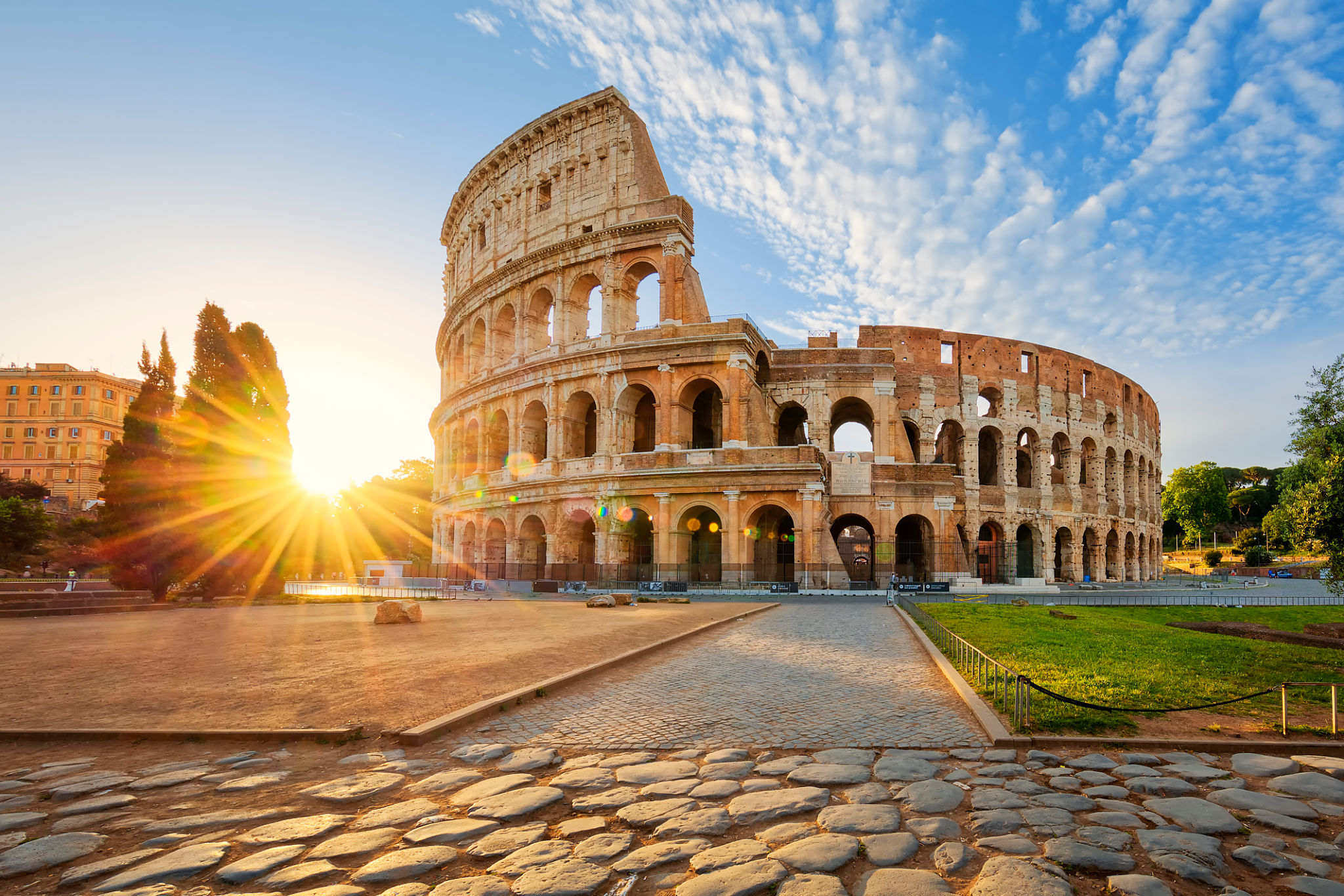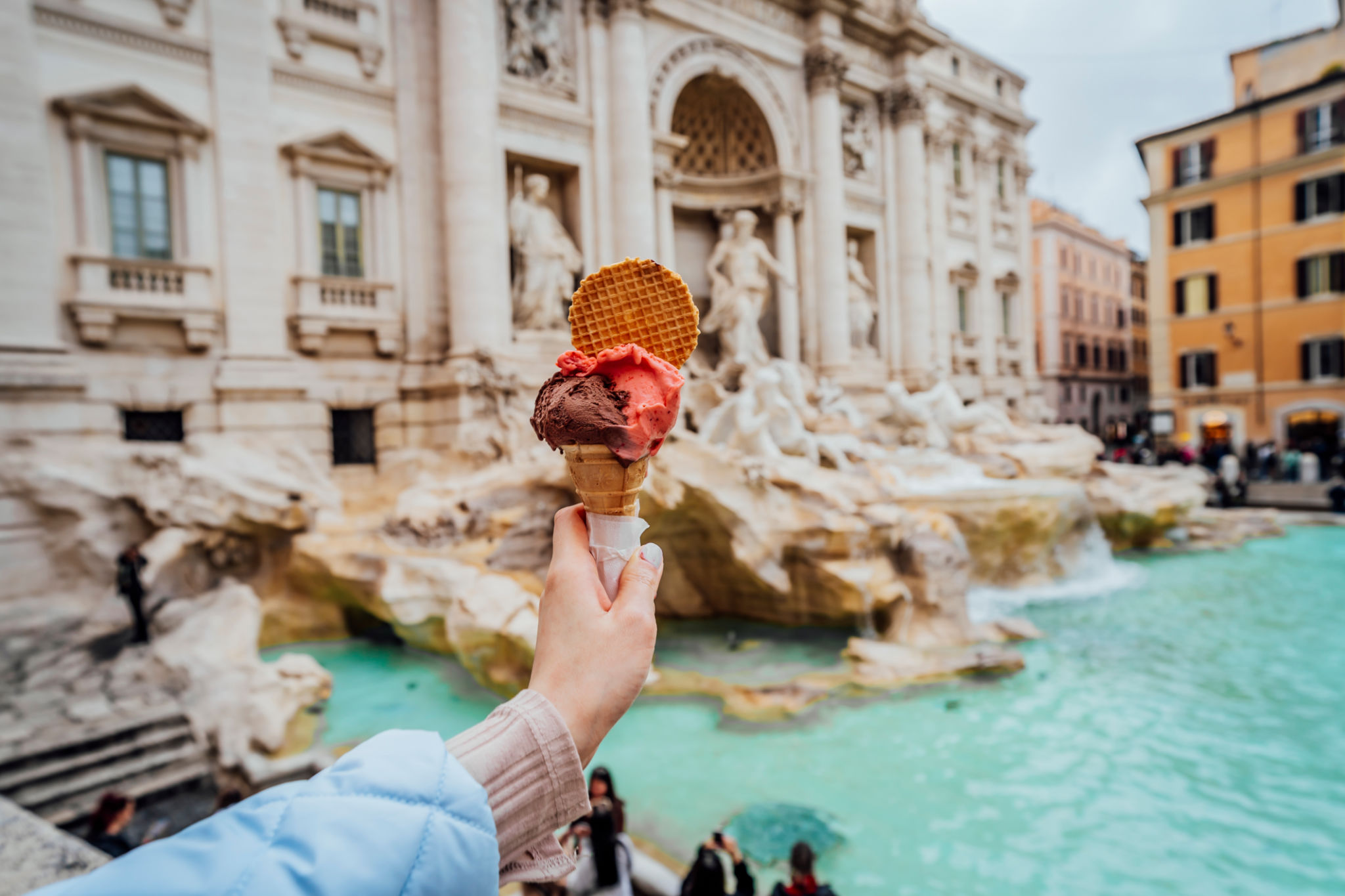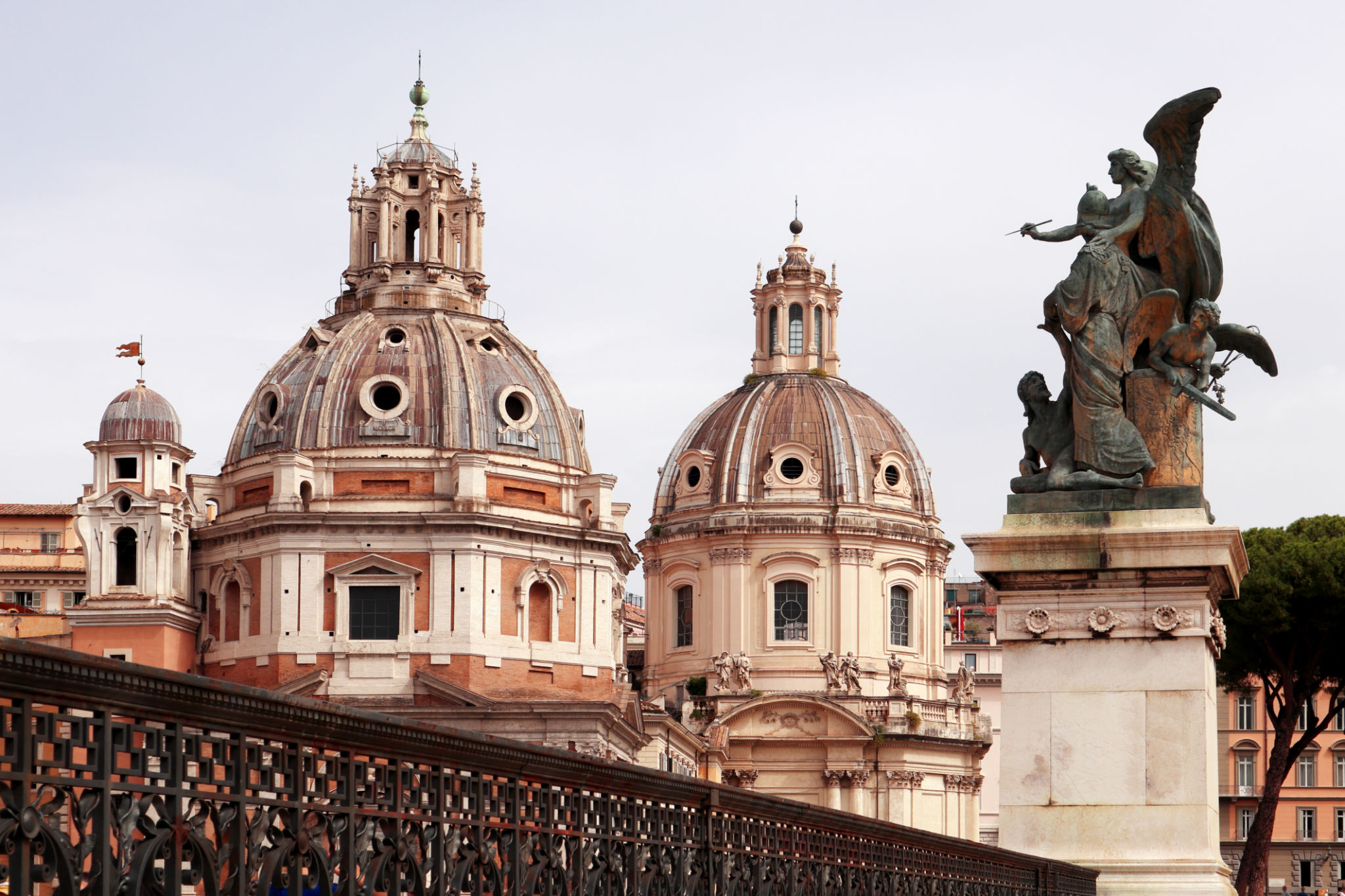Expert Tips for Capturing Iconic Roman Landmarks
Understanding the Historical Significance
Capturing the essence of Rome requires more than just a camera; it demands an understanding of its rich history. Each landmark tells a story, often spanning centuries. Take the time to research the historical context of each site you plan to photograph. This knowledge will not only enhance your appreciation but also inspire more meaningful compositions.
When visiting iconic sites like the Colosseum or the Roman Forum, consider the narratives they hold. Knowing these stories enables you to capture not just an image, but a moment in history. This depth can transform your photographs from simple snapshots to compelling visual tales.

Timing is Everything
One of the most crucial factors in capturing stunning photographs is timing. The golden hours—shortly after sunrise and before sunset—cast a magical glow over Rome's ancient structures. The soft light during these times can accentuate architectural details and create dramatic shadows, adding depth to your images.
Plan your visits accordingly, and if possible, arrive at popular sites early in the morning to avoid crowds. This not only allows for unobstructed shots but also provides a serene environment to explore the landmarks at your own pace.
Composition Techniques for Iconic Shots
Effective composition is key to capturing the grandeur of Roman landmarks. Utilize techniques such as the rule of thirds to create balanced and engaging images. Positioning vital elements along these lines can lead to more dynamic photographs.

Leading lines are another powerful tool. Use paths, columns, or arches to draw the viewer’s eye into the scene or towards a focal point. This technique can add a sense of depth and guide viewers through your image.
Experiment with Angles and Perspectives
While it's tempting to capture landmarks from familiar viewpoints, experimenting with different angles can yield striking results. Try shooting from ground level to emphasize the scale of towering structures like St. Peter's Basilica. Alternatively, find a vantage point to capture wide vistas of the city, incorporating both ancient and modern elements.
Don't hesitate to explore unique perspectives by framing your shots through arches or foliage. This approach not only adds layers to your composition but also creates a sense of intrigue and discovery.

Utilizing Post-Processing Techniques
Post-processing is an essential step in refining your images. Adjusting contrast, brightness, and saturation can enhance details and correct exposure issues. However, aim to maintain a natural look that stays true to the scene's authentic colors.
Consider using software like Adobe Lightroom or Photoshop for advanced editing. These tools offer a wide range of features for fine-tuning your photos, allowing you to highlight textures and bring out subtle details often missed in initial captures.
Respecting Cultural and Ethical Considerations
While photographing Roman landmarks, remember to respect the cultural and ethical guidelines. Some places may have restrictions on photography, especially within religious or historical interiors. Always check for signage indicating rules and adhere to them.

Additionally, be mindful of local customs and avoid disrupting ongoing activities at these sites. Respecting these guidelines not only preserves the integrity of the landmarks but also ensures a positive experience for future visitors.
Practical Tips for Travelers
Before embarking on your photographic journey through Rome, prepare adequately. Ensure you have all necessary equipment, such as extra batteries, memory cards, and a sturdy tripod for stable shots in low-light conditions.
Consider carrying a lightweight backpack to keep your gear organized and easily accessible. Remember to wear comfortable shoes as you'll likely spend long hours exploring and capturing the city's treasures on foot.